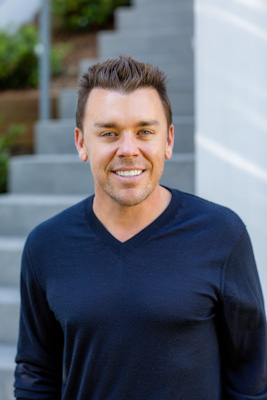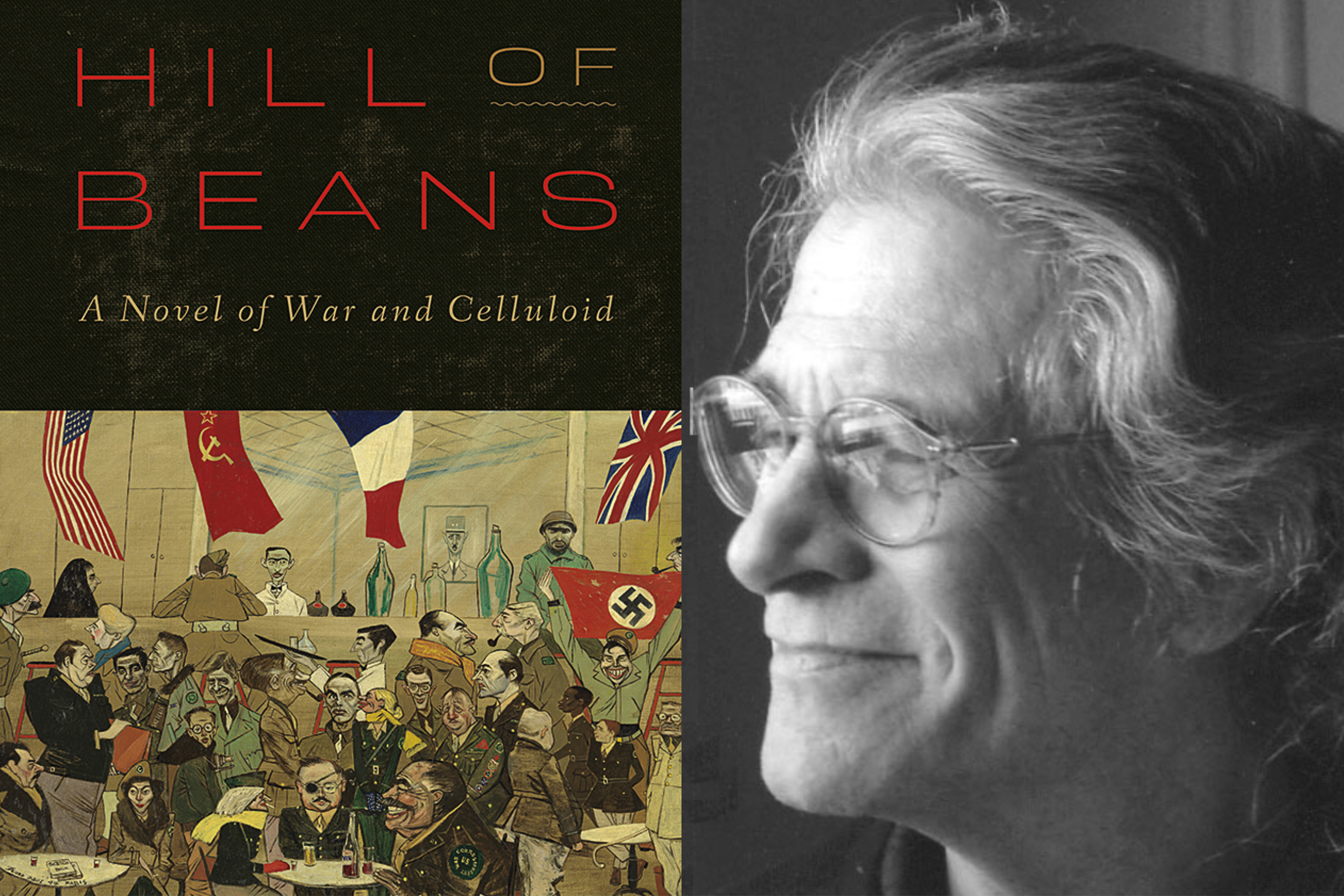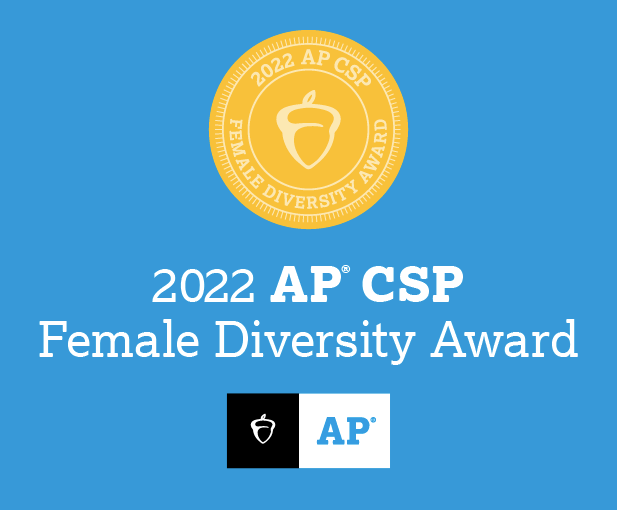Our Radically Traditional Webb
October 13, 2020
By Taylor Stockdale
As we begin to plan our final push toward The Centennial in 2022, I’ve become increasingly intrigued by the idea of permanence, particularly organizational permanence. What makes some institutions stand the test of time and others simply vanish?
On a recent trip to Asia, and then to the UK, visiting schools, alumni and parents, this question was at the top of my mind. Of course, a century is a long time I thought, especially relative to California history and the history of the American West. And yet, as I soon saw in my travels, Webb is relatively young compared to schools in England that are 300 years old or more, and in China, 1,000 years old or more. In fact, many schools here in America, on the East Coast, were founded in the 18th and 19th centuries.
In contrast to these examples of the long lifespans of certain educational institutions, I was also reminded, in contrast, that the average life of an S&P 500 company is now just 15 years (it has dropped by 80 percent in the past 80 years), and perhaps even more startling—76 percent of the UK FTSE 100 companies have disappeared in the last 30 years.
While corporations exist for completely different reasons, we have in common with them a core desire to thrive through the ups and downs of global cycles and have an impact beyond the here and now.
As I continued to wrap my head around this concept on my flight back home, I opened an issue of Harvard Business Review to find, “How Winning Organizations Last 100 Years” by Alex Hill, Liz Mellon and Jules Goddard.
In this intriguing HBR study, researchers analyzed seven organizations that had recently celebrated centennials. The goal of their work was to find out how they had done it—the core ingredients that allowed these organizations to stand the test of time. What they found was fascinating and instructive.
Those institutions that lasted 100 years or longer seemed to rely on a powerful blend of what they labelled a “stable core” and a “disruptive edge.” A stable core was described as an institutional devotion to a set of enduring values, a clear mission, a North Star. And a disruptive edge was described as a culture of experimentation that resulted in institutional openness to change.
Indeed, visiting schools around the country I often see these concepts at work firsthand. Some institutions are stuck in time, unable to adapt to a profoundly new and different world that quickly demands different skills and habits of mind to achieve success. In fact, when you visit some of the most venerable schools in the country you’ll see very traditional teaching methods and pedagogies—ones that were effective decades ago. On the other hand, at the same time, you will see other institutions chasing trends. Every day there seems to be a new idea or untested theory promoted. Both of these approaches lack a counterweight. Great schools, and as it turns out other great organizations, even corporations, find success in the balance between tradition and disruption.
When I think about Webb, I am struck by how we work to balance tradition and innovation. We have a powerful mission that endures regardless of the times or current affairs. We value honor and moral courage, leadership and service beyond everything else, and we talk about these things daily. As example, the chapel is such a beautiful symbol of leading a life beyond ourselves, while the museum challenges us with the deepest of questions. “What are we going to do with our moment in time?”
Along with these values and traditions, we have also felt free to experiment, to look for and find new and better ways. In the late 1970s and early 1980s, Webb didn’t go “coed” like so many other schools—we wanted to do better for our female students and so we created a new “coordinate” model. While I was in the UK, I visited with Ann Longley, founding head of Vivian Webb School, and listened to her accounts of what it was like for the pioneers at Vivian Webb to walk into the dining hall full of boys for the first time. It was riveting. This coordinate model remains a bold and innovative decision.
A more contemporary examples is our curriculum. While many schools have revamped their academic programs recently, Webb has adopted a truly visionary approach—keeping some AP courses where they make sense, and inventing our own Advanced Studies courses where we feel that national curriculum doesn’t speak to our mission. We have created a remarkable cross-disciplinary humanities program, too, with a series of ambitious, single semester courses created by our teachers. And concurrently, we’ve added to our robust arts offerings and our sciences (in such fields as neuroscience, organic chemistry, applied physics and a four-year sequence in paleontology culminating in original research opportunities.
Looking beyond the campus and beyond this curriculum at Webb, we have developed one-of-a-kind academic partnerships with faculty at the world-class Claremont Colleges and Keck Graduate Institute. In addition, we’ve created field study opportunities at NASA’s Jet Propulsion Laboratory, The Broad Museum and The Huntington—to name just a few of the places that make up our extended LA classroom. Just like with our decision to create a coordinate model, we have had the vision and courage to create something truly news and radical with our curriculum.
There are many other examples of our blend of a stable core and a disruptive edge. Like other organizations that endure for the long term, we know that we will always be a work in progress. Our job of providing an optimal community for the learning how to live a good life will never be done.
In closing, this issue of WEBB Magazine is focused on the subject of selective college preparation and admission. As you read it, I encourage you to keep in mind that while our college list is impressive by any measure, we know it is the success of our alumni over the long term, not just the next four years, that really counts. It is my strong conviction that great schools, especially at this formative level, should inspire students to take on the values the school itself embraces. As Webb balances its timeless values with a spirit of discovery, I want each and every student who joins our community to do the same.
Details
October 13, 2020
9:49 AM PDT
Similar Articles
-

Apr 28, 2022
Entrepreneur to Deliver WSC 2021-22 Commencement Address
Entrepreneur and philanthropist Blake Johnson ’95 will deliver the 2021-22 commencement keynote addresses to the Webb School of California. Johnson is a Los Angeles-based entrepreneur who has founded and sold […]
-

Mar 16, 2021
Leslie Epstein ’56 Releases Latest Book, ‘Hill of Beans’
Leslie Epstein ’56 has published his 10th book, which he is calling the culmination of all his energies and interests. The work of fiction, which was released on March 1, […]
-

Feb 28, 2023
Webb Honored for Boosting Diversity in AP Computer Science
The College Board has recognized Vivian Webb School with an AP Computer Science Female Diversity Award for expanding young women’s access to AP Computer Science Principles in 2021-22. VWS is […]



